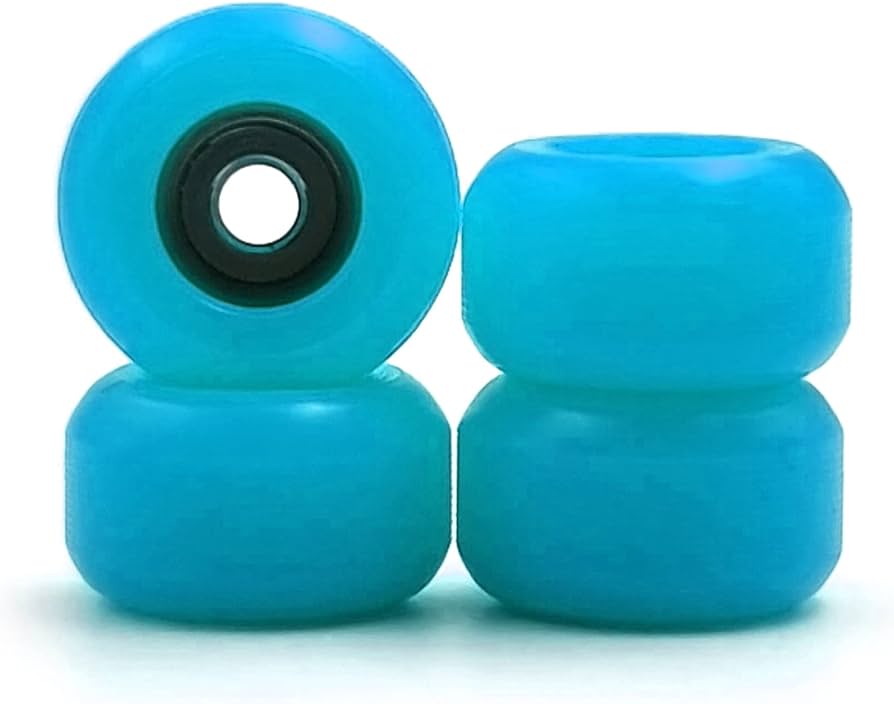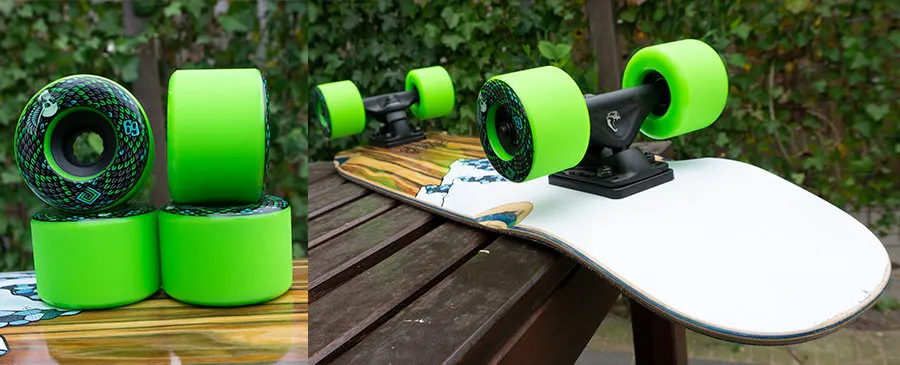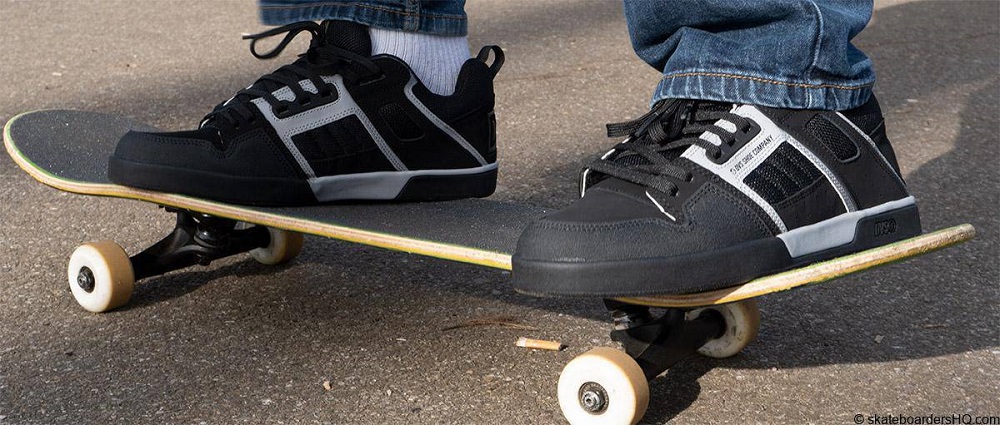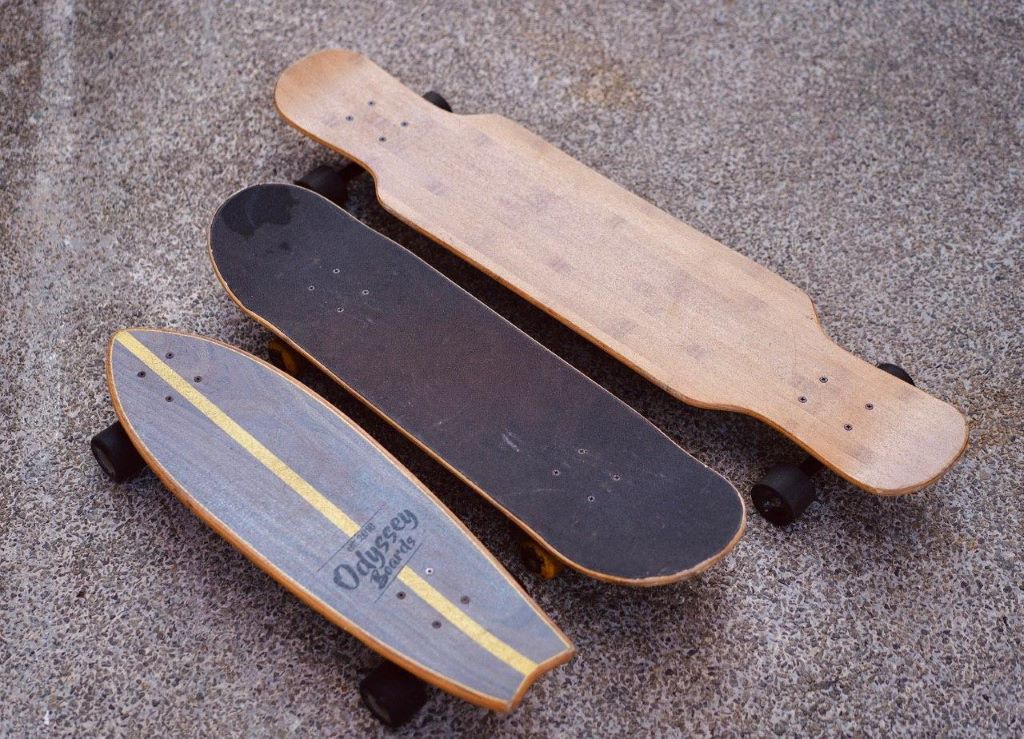To put bearings in skateboard wheels, press them into each wheel’s center until they sit flush. Use a skate tool or a bearing press for easier and proper installation.
Skateboarding thrives on the seamless glide of wheels, and new bearings are an integral part of that smooth ride. Swapping out old bearings for new ones can be a game-changer for speed and stability. Beginners and avid skaters alike periodically face the task of bearing installation, which can initially seem daunting.
This guide simplifies the process by breaking down the steps into a quick and manageable routine. Ensuring your skateboard maintains its peak performance isn’t just about regular use; it’s about regular maintenance, starting with the bearings that keep you rolling.
Why Quality Bearings Matter
Assembling a skateboard involves more than just slick decks and vibrant wheels; the true unsung heroes for that buttery smooth ride are the bearings. Quality bearings are crucial in determining the longevity and performance of your skateboard. Without them, even the most sophisticated board could falter on the streets. Let’s delve into the importance of selecting first-rate bearings and the substantial impact they have on a skateboard’s maneuverability and speed.
Importance Of Smooth Rolling
Skateboarding is not merely a sport, it’s a seamless interaction between rider and board. The smoothness of the ride heavily depends on the bearings installed within each wheel. Premium bearings give rise to:
- A serene glide with less friction
- Greater efficiency in maintaining speed
- Diminished wear and tear on wheels
While budget bearings might save you a few coins, they are often prone to quick deterioration and result in a rougher, more inconsistent ride.
Impact On Performance
Every ollie, kickflip, and grind is influenced by the state of your bearings. High-quality bearings translate into a notable upgrade in skateboarding performance. They enable:
- Higher speeds with less effort
- Precise turns and better board control
- Longer-lasting performance without constant maintenance
Poor bearings not only impede speed but also require frequent replacements, hampering consistent skateboarding progression. Excellence in performance is not a luxury but a necessity, and investing in well-crafted bearings is a critical step towards achieving that skateboard mastery.
Choosing The Right Bearings
When it comes to enhancing the performance of your skateboard, selecting the right bearings is critical. Bearings play an essential role in the speed and smoothness of your ride. A well-informed choice can mean the difference between a good skating experience and a great one. Understanding the terminology and specifications of skateboard bearings is the first step to upgrading your setup.
Understanding Abec Ratings
The ABEC (Annular Bearing Engineering Committee) rating system is designed to classify the precision of the manufacturing of bearings. A higher ABEC rating indicates a greater level of precision and efficiency. However, it is essential to realize that ABEC ratings are not the sole indicator of a bearing’s performance on a skateboard. Here’s what the ratings generally signify:
- ABEC 1 – The most affordable, but the least precise and efficient.
- ABEC 3 – An upgrade in precision but still best for beginners.
- ABEC 5 – A good mix of performance and cost, widely used in skateboarding.
- ABEC 7 – High precision, suited for more experienced skaters.
- ABEC 9 and above – Designed for very high speeds and professional use.
Beyond ABEC, other ratings such as Swiss and Ceramic have different benchmarks of quality and performance. It’s crucial to consider your skating style and preference when making a choice.
Types Of Bearings
Diverse types of skateboard bearings offer unique attributes tailored to different skating environments and styles. Majority of skateboard bearings are designed as 608-sized bearings, with a standard dimension of 22mm (outer diameter) x 7mm (width) x 8mm (core). Here are the most common types:
| Bearing Type | Characteristics |
|---|---|
| Steel Bearings | Durable and widely available. Perform well when maintained regularly. |
| Ceramic Bearings | Resistant to corrosion and typically requires less maintenance. Provide a smoother ride. |
| Hybrid Bearings | Blend steel races with ceramic balls for a balance of durability and reduced friction. |
Steel bearings are cost-effective and easily replaceable; whereas, ceramic bearings, made from silicon nitride or similar material, are lighter and less prone to thermal expansion. They also tend to last longer but come with a heftier price tag. Hybrid bearings attempt to offer the best of both worlds and can be an excellent choice for many skaters.
Ultimately, the right skateboard bearings will depend on your individual needs: whether it’s a casual, easy ride or a quest for speed and precision in extreme skateboarding. Consider the environment you’ll be riding in, the frequency of use, and your budget to make the wisest investment in your skateboard’s performance.
Preparing Skateboard Wheels
Preparing skateboard wheels for a new set of bearings is like setting the stage for a flawless performance. Bearings enable wheels to roll smoothly, and meticulous preparation ensures this crucial component functions at its best. Upgrading bearings not only elevates the riding experience but can also boost your skateboard’s speed and agility. Let’s embark on the journey of preparing your skateboard wheels, ensuring they’re ready to house a fresh set of bearings.
Removing Old Bearings
To begin, carefully remove your skateboard’s wheels from the trucks using a skateboard tool or a wrench that fits the axle nuts. Lay the wheels on a flat surface and proceed by gently prying out the existing bearings. To do this effectively, reattach the wheel halfway onto the axle, tilt it at an angle, and use leverage to pop the bearing out. Repeat on both sides for each wheel, remembering to extract the spacer located between the bearings, as it will be used with the new set.
Cleaning The Wheel Hub
Cleaning the wheel hub is critical to ensure the new bearings sit snugly and operate at peak performance. Start by wiping away old grease and debris with a paper towel or a soft cloth. Next, use a trusted bearing cleaner or isopropyl alcohol on a rag to thoroughly cleanse the inside of the wheel hub. Allow the wheels to dry completely; a residual cleaner may react with the new lubricant and degrade bearing performance. For a spotless finish, you may optionally use a cotton swab to reach the tight inner spaces.
- Wipe away visible dirt and old lubricant from the bearings’ seating area.
- Apply bearing cleaner or alcohol thoroughly.
- Ensure wheel hubs are completely dry before inserting new bearings.
- Check for any signs of damage or excessive wear within the wheel hub.
Installing Bearings Effectively
Welcome to your go-to guide on installing skateboard wheel bearings effectively. Bearing installation might seem daunting, but with the right technique and tools, you can ensure a smooth ride on your board. Let’s break down the steps to ensure your skateboard bearings are installed correctly, enhancing performance and extending the life of your wheels.
Proper Alignment Techniques
Before diving into the bearing installation, it’s critical to align your bearings perfectly with the wheels. Proper alignment is essential for the smooth rotation of the wheel and preventing premature wear.
- Start by cleaning the wheel hub to remove any debris.
- Place the bearing flat on the wheel’s axle hole, ensuring the side with the shields faces outward.
- Apply gentle, even pressure to the top of the bearing until it slides into the wheel hub. It must be flush with the wheel’s surface for optimal performance.
- For the second bearing, turn the wheel over and repeat the process. A spacer can be placed in the center of the wheel hub before inserting the second bearing to maintain proper spacing and alignment.
Remember not to force the bearing into position; if it’s not fitting easily, check for obstructions or misalignment and adjust accordingly.
Using A Bearing Press
A bearing press is an efficient tool that can simplify the process of installing bearings into your skateboard wheels. It provides consistent pressure and aligns bearings effortlessly.
- Set the wheel on the bearing press base.
- Place a bearing on the press rod with the shielded side facing upwards.
- Push down on the lever of the press until the bearing fully seats within the wheel hub.
- Flip the wheel, and follow the same steps to install the second bearing.
It’s crucial to stop applying pressure once the bearing is fully seated to avoid damage. A bearing press ensures that the bearings are inserted straight and reduces the risk of damaging them or the wheels.
| Step | Action | Tip |
|---|---|---|
| 1 | Clean wheel hub | Ensures no debris hinders bearing insertion |
| 2 | Align bearing and apply pressure | Use even pressure for correct alignment |
| 3 | Insert second bearing with spacer (if needed) | Maintains wheel and bearing integrity |
| 4 | Use a bearing press if available | Simplifies the process and avoids damage |
Testing And Maintenance
‘Testing and Maintenance’ are crucial steps after installing new bearings into your skateboard wheels. Making sure they function correctly and last long encompasses two fundamental practices: ensuring compatibility and regular cleaning and lubrication. Attentive care not only enhances your ride but also safeguards your investment in high-quality bearings.
Ensuring Compatibility
Before busting out your favorite skateboard tricks, ensure the bearings fit perfectly with the skateboard wheels and trucks. Use this checklist:
- Correct Size: Skateboard bearings generally come in a standard size, but double-check they align with the wheel core.
- Spacers: Utilize spacers between bearings for stability and to prevent unnecessary wear.
- Washers: Place washers on the axle before and after the wheels to reduce friction.
After assembly, spin each wheel by hand. A smooth, unobstructed rotation indicates good compatibility and installation.
Regular Cleaning And Lubrication
Dirt and debris are the archenemies of skateboard bearings. For longevity and optimal performance, adhere to the following maintenance routine:
- Disassemble Wheels and Bearings: Carefully remove the bearings from your wheels.
- Clean Thoroughly: Use a bearing cleaner or isopropyl alcohol to dissolve grime.
- Dry Completely: Prevent rust by drying all components.
- Lubricate Bearings: Apply a skateboard-specific lubricant to reduce friction and protect against contaminants.
Aim to clean and lubricate your bearings every 20-30 hours of skating or if you notice a decline in wheel spin or an increase in noise. Remember, consistent maintenance extends bearing life and improves your skateboard’s performance.

Credit: www.longboarderlabs.com
Frequently Asked Questions Of How To Put Bearings In Skateboard Wheels
What Tools Are Needed To Install Skateboard Bearings?
To install skateboard bearings, you will need a skateboard tool or wrench, a clean rag, and optionally, bearing lubricant. These tools assist with wheel removal, bearing installation, and maintenance.
Can You Put Bearings In Without A Bearing Press?
Yes, you can install bearings without a bearing press. Use the skateboard’s axle to slowly press the bearing into the wheel. Avoid using excessive force to prevent damage to the bearing.
How Do You Remove Old Bearings From Skateboard Wheels?
To remove old bearings, pry them out carefully with the axle of the truck. Place the wheel on the axle, leverage it against the bearing, and gently twist. The bearing should pop out.
How Often Should Skateboard Bearings Be Replaced?
Skateboard bearings don’t have a set replacement timeline. Replace them when they become noisy, dirty, or show signs of wear and tear interfering with your ride quality or wheel spin.
Conclusion
Installing your skateboard bearings doesn’t have to be daunting. With the right tools and steps, you’ll be set to hit the streets or the skate park efficiently. Remember, regularly maintaining your bearings ensures a smooth ride and extends their lifespan.
Now, grab your board and roll out with the confidence of a pro skater!




